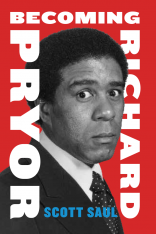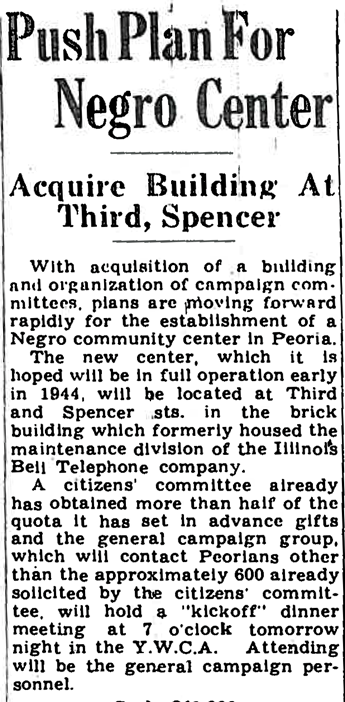By spring 1943 the black population of Peoria had risen to approximately 4,000 persons. This influx, which totaled “roughly three percent of the city’s entire population,” prompted the development of what would become Richard Pryor’s first official performance outlet: the George Washington Carver Community Center.
The roots of the Center were in the African-American tradition of moral uplift. The energy to create the Center derived from the Colored Women’s Aid Society, and the Center’s founder had worked with Booker T. Washington, the leading exponent of vocational education for black Americans.
From its outset, the Center aspired to be a “teen-age hangout”. Courses were to be offered in such practical domains as handicrafts, sewing and nutrition.

